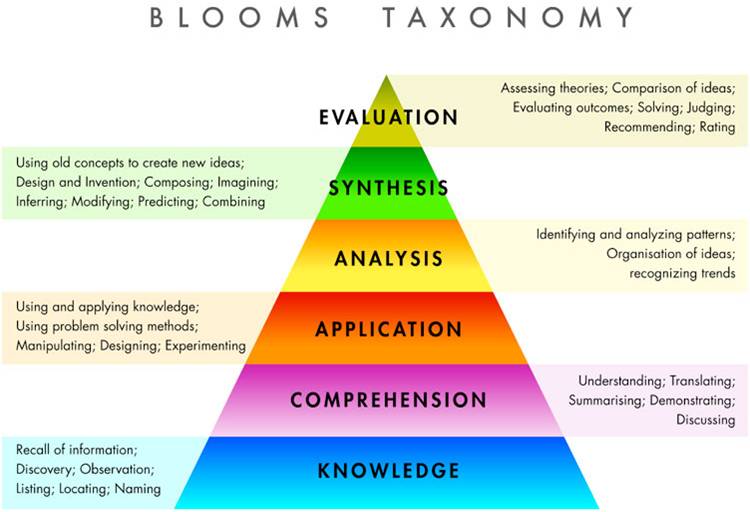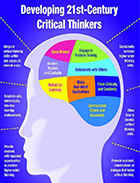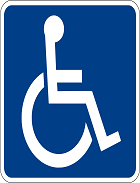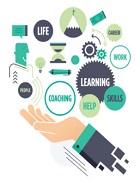Benjamin Bloom's Taxonomy of Educational Objectives
Benjamin Bloom's Taxonomy of Educational Objectives
Editorial Team
theteacher.in
 In 1956, Benjamin Bloom led a group of educational psychologists. Stemming from the results of their research emerged a classification of thinking behaviours believed to be important in the learning process. Bloom postulated that abilities could be measured along a continuum running from simple to complex. The taxonomy of educational objectives is comprised of six levels, namely: knowledge, comprehension, application, analysis, synthesis, and evaluation.
In 1956, Benjamin Bloom led a group of educational psychologists. Stemming from the results of their research emerged a classification of thinking behaviours believed to be important in the learning process. Bloom postulated that abilities could be measured along a continuum running from simple to complex. The taxonomy of educational objectives is comprised of six levels, namely: knowledge, comprehension, application, analysis, synthesis, and evaluation.
 In 1956, Benjamin Bloom led a group of educational psychologists. Stemming from the results of their research emerged a classification of thinking behaviours believed to be important in the learning process. Bloom postulated that abilities could be measured along a continuum running from simple to complex. The taxonomy of educational objectives is comprised of six levels, namely: knowledge, comprehension, application, analysis, synthesis, and evaluation.
In 1956, Benjamin Bloom led a group of educational psychologists. Stemming from the results of their research emerged a classification of thinking behaviours believed to be important in the learning process. Bloom postulated that abilities could be measured along a continuum running from simple to complex. The taxonomy of educational objectives is comprised of six levels, namely: knowledge, comprehension, application, analysis, synthesis, and evaluation.The table given below gives a brief explanation about the six levels of the taxonomy.
| Level | Keywords |
|
1. Knowledge
|
|
|
2. Comprehension
|
|
|
3. Application
|
|
|
4. Analysis
|
|
|
5. Synthesis
|
|
|
6. Evaluation
|
|
Bloom's taxonomy of educational objectives may be interesting for professors and instructors. They may conceive the educational activities and present information according to the six levels expressed by Bloom. Several of these activities may be taken into consideration when designing a course in a new learning environment.
|
Level |
Activities |
|
1. Knowledge |
Memorising information, defining techniques, etc. |
|
2. Comprehension |
Understanding an article with the objective of providing a summary |
|
3. Application |
Using the knowledge of the learner to apply it to concrete situations (real life) |
|
4. Analysis |
Asking a learner to dissect a subject, explain how everything fits together |
|
5. Synthesis |
Placing the pieces of a subject back together but in a novel way by gathering information from several sources |
|
6. Evaluation |
Judging the value of a subject for a specific purpose |





















